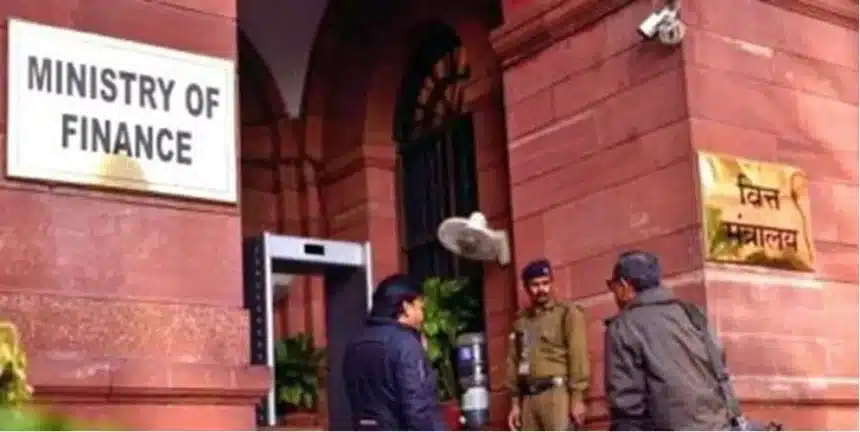For July-September 2022, the Budget Division, Department of Economic Affairs, and Ministry of Finance released the Quarterly Report on Public Debt Management. Since April-June (Q1) 2010-11, the Budget Division’s Public Debt Management Cell has been releasing quarterly reports on debt management. The current report covers the second quarter of FY23 (Q2 FY23).
The Central Government raised an amount worth 4,06,000 crore through dated securities in Q2 of FY23, as compared to the notified borrowing amount of 4,22,000 crore, while repayments were 92,371.15 crores. In Q2 FY23, the weighted average yield of primary issuances hardened to 7.33 percent from 7.23 percent in Q1. The weighted average maturity of new issuances of dated securities was lower at 15.62 years in Q2 of FY23 as compared to 15.69 years in Q1 of FY23. The Central Government didn’t raise any money through Cash Management Bills between July and September 2022. No Open Market operations for government securities were conducted by the Reserve Bank. A net daily average of $1,28,323.37 crore was absorbed by RBI under the Liquidity Adjustment Facility (LAF), which includes a Marginal Standing Facility and a Special Liquidity Facility.
According to provisional data, the total gross liabilities of the Government increased to 1,47,19,572.2 crore in end-September 2022 from 1,45,72,956 crore in end-June 2022. This was an increase of 1.0% quarter-over-quarter in Q2 FY23. A total of 89.1 percent of gross liabilities was owed by the public at the end of September 2022, up from 88.3 percent at the end of June 2022. Almost 29.6% of outstanding dated securities had a residual maturity under 5 years.
Government securities yields on the secondary market weakened during the second quarter of FY23 because of near-term inflation and liquidity concerns, though long-term yields softened. The MPC decided to raise the policy repo rate by 100 basis points, or from 4.90% to 5.90% during Q2 FY 2023.
There were more trades in 10-year benchmark securities during the quarter, which led to more activity in the 7-10 year maturity bucket. During the quarter, private sector banks dominated the secondary market. In the secondary market, foreign banks and primary dealers were net sellers. In contrast, public sector banks, cooperative banks, financial institutions, insurance companies, mutual funds, private sector banks, and ‘others’ were net buyers. Commercial banks owned 38.3 percent of Central Government securities at the end of September 2022, up from 38.04 percent at the end of June 2022.

